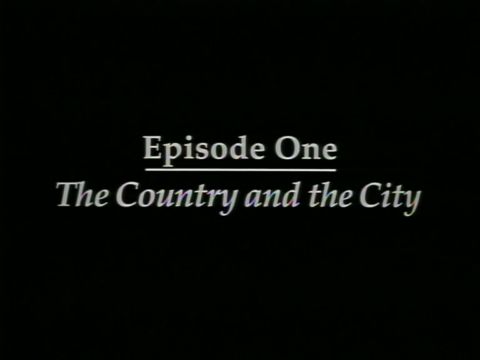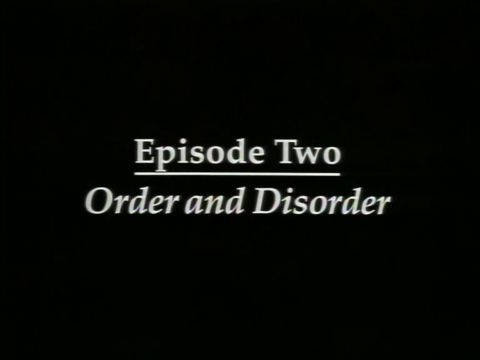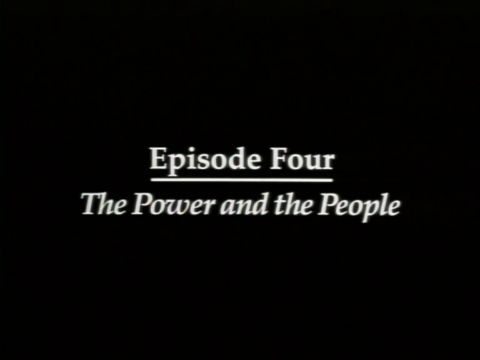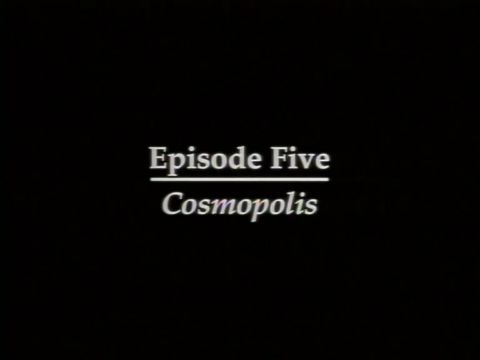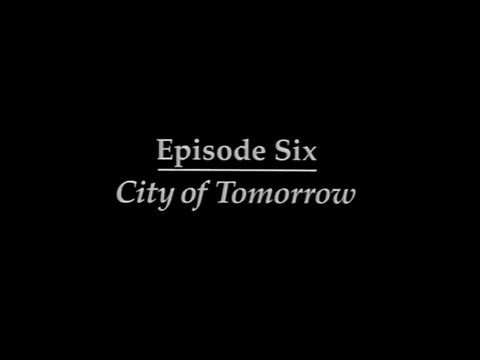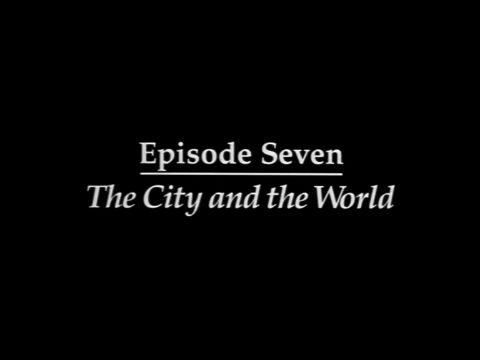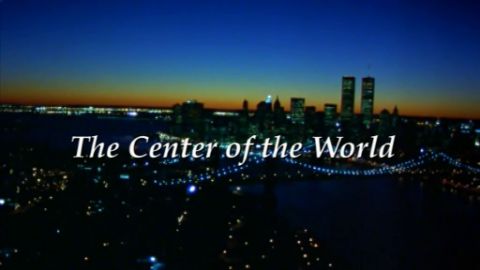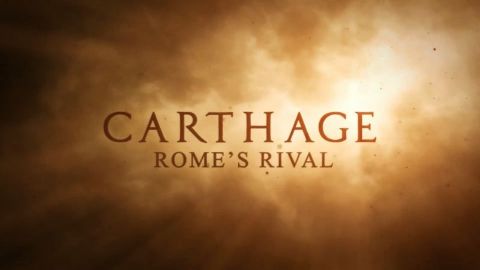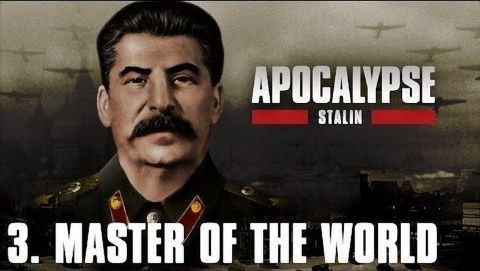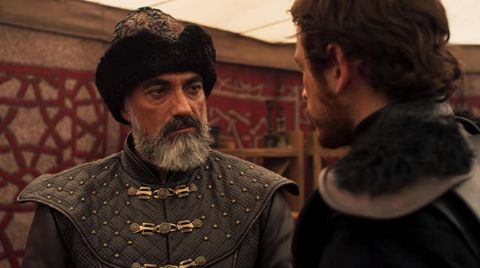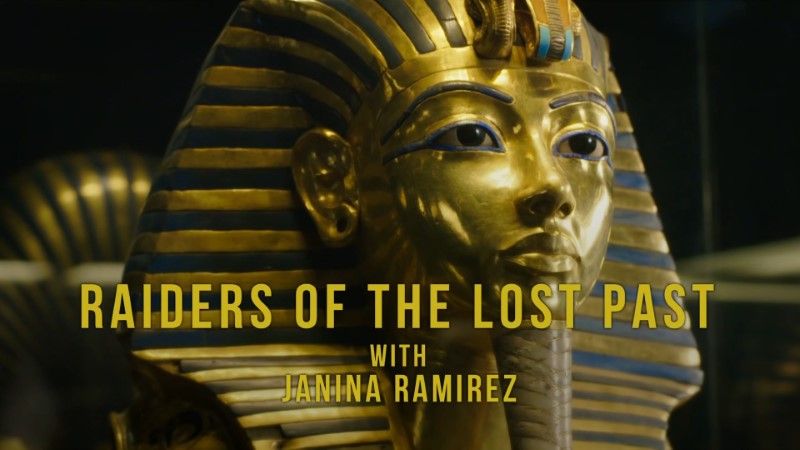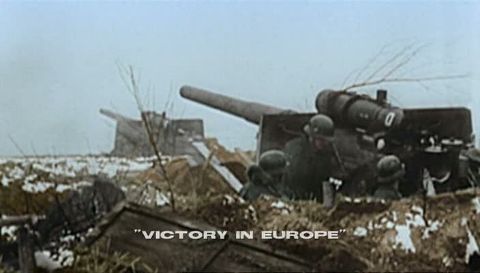Order and Disorder (1825-1865) • 1999 • episode "S1E2" • New York: A Documentary Film
This episode of NEW YORK: A DOCUMENTARY FILM details New York's enormous growth as a booming commercial center and multi-ethnic port, and the mounting tensions that set the stage for the nation's bloodiest riot. Already established as America's premier port, New York City swelled into the nation's greatest industrial metropolis as a massive wave of German and Irish immigration turned the city into one of the world's most complex urban environments, bringing with it a host of new social problems. Episode Two reveals how the city's artists, innovators and leaders, from poet Walt Whitman to Frederick Law Olmsted and Calvert Vaux (the designers of Central Park) grappled with the city's growing conflicts -- which culminated in the catastrophic Civil War Draft Riots of 1863.
Make a donation
Buy a brother a hot coffee? Or a cold beer?
Hope you're finding these documentaries fascinating and eye-opening. It's just me, working hard behind the scenes to bring you this enriching content.
Running and maintaining a website like this takes time and resources. That's why I'm reaching out to you. If you appreciate what I do and would like to support my efforts, would you consider "buying me a coffee"?
Donation addresses
BTC: bc1q8ldskxh4x9qnddhcrgcun8rtvddeldm2a07r2v
ETH: 0x5CCAAA1afc5c5D814129d99277dDb5A979672116
With your donation through , you can show your appreciation and help me keep this project going. Every contribution, no matter how small, makes a significant impact. It goes directly towards covering server costs.
